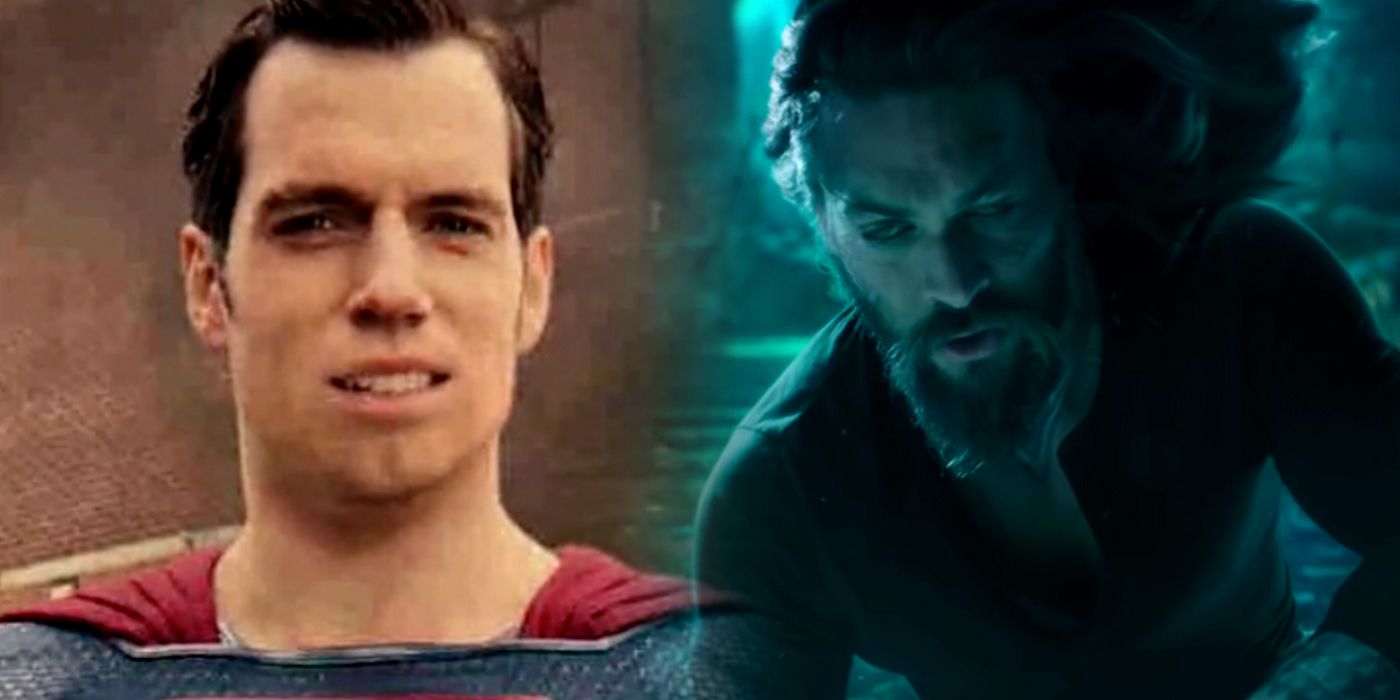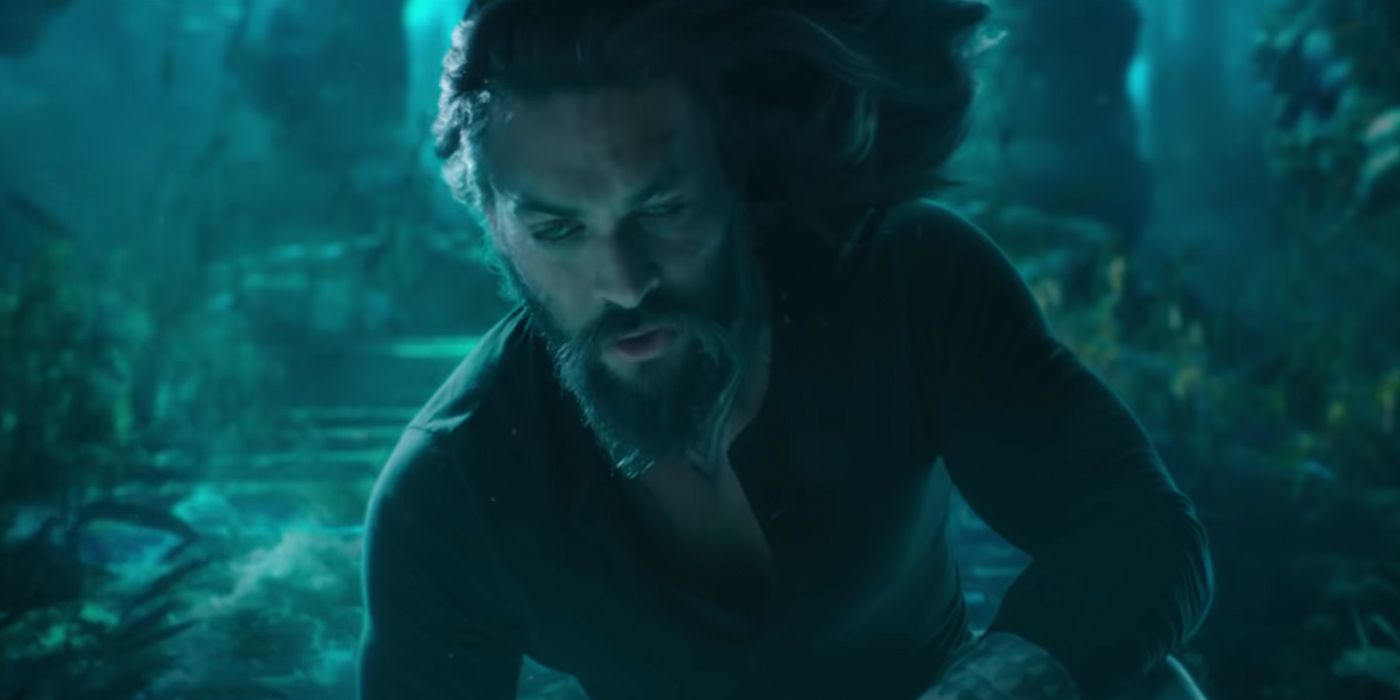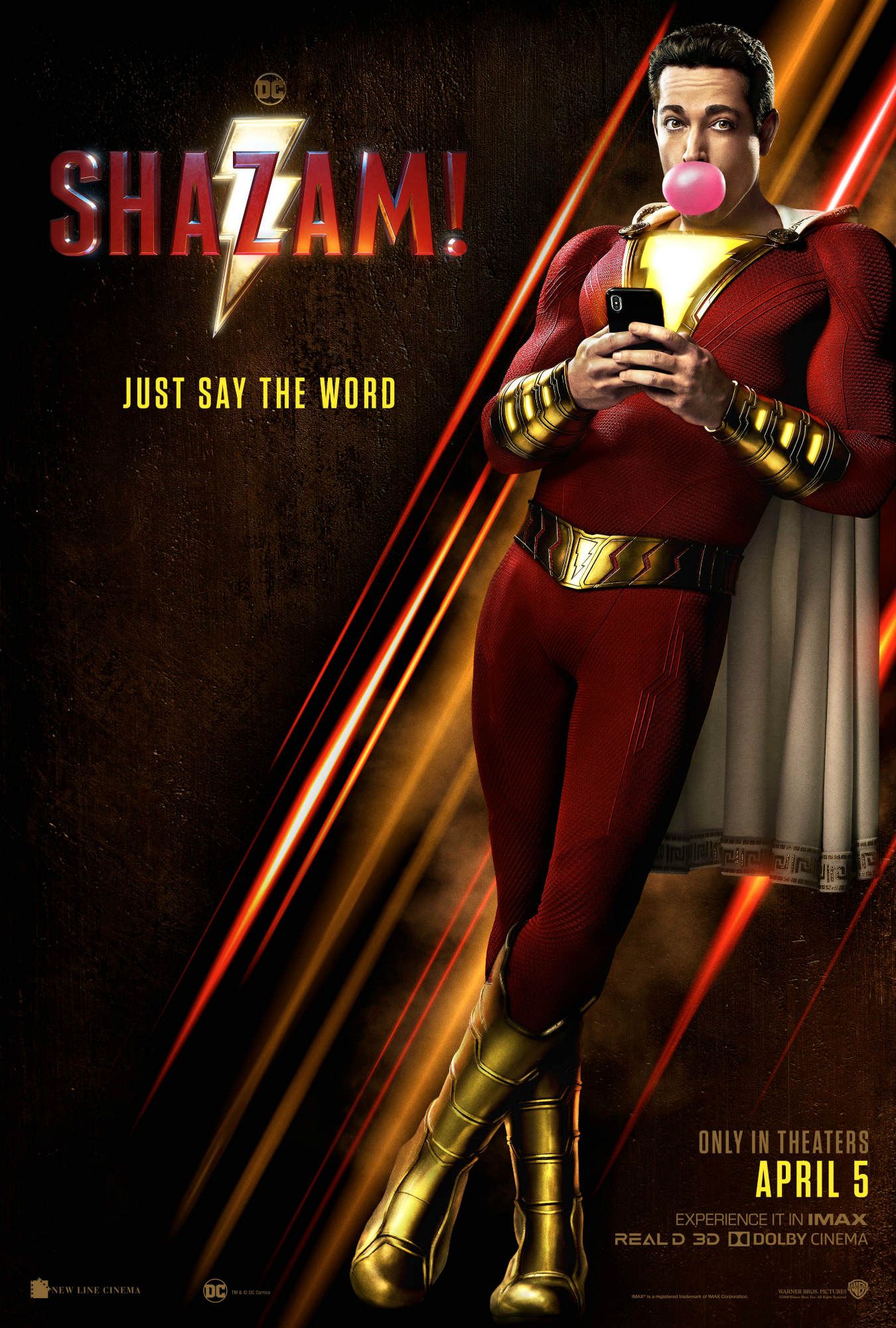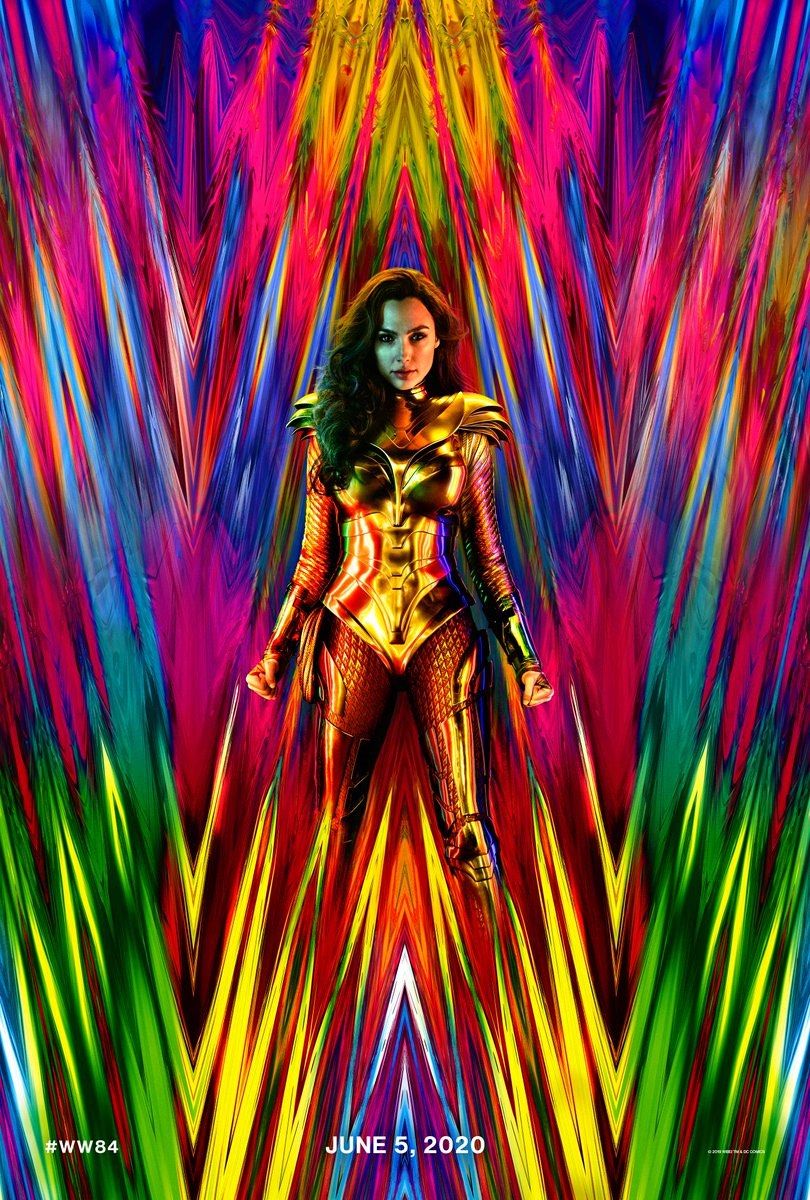Aquaman may signal a new era for the DCEU, but it still maintains an oddly specific aspect of Justice League: iffy CGI hair. James Wan's Atlantean spectacle is the first movie to release since the JLA's box office disappointment, and with its neon underwater landscapes and 1980s schtick very much marks a new era for the DC Extended Universe. But that past still invites comparisons, and one of them isn't necessarily flattering.
By far the most roundly mocked aspect of Justice League was Superman's upper lip. As a result of the Joss Whedon-directed reshoots coming at the same time as principal photography for Mission: Impossible - Fallout, Henry Cavill had a decidedly un-Superman mustache when returning to the role. And although there was talk of having him shave, Paramount refused, leading Warner Bros. to have to digitally remove it. The result was horrifying. Superman's CGI mouth didn't just not look real, the process of removal (including pinning the mustache up on set) seemingly caused Cavill to overact and drew direct attention to all the meddling with the film. It's more emblematic of the problems than it is a root, but considering Justice League opens on cameraphone footage of uncanny lipped Superman, it's something DC invited.
Related: DCEU Plot Holes Created By Aquaman
Aquaman also has a CGI reality issue, albeit one the other way around. One of the persistent effects in the film is the characters' floaty hair while underwater to represent the alternative physics. In theory, that's a logical way to ground the movie in a tangible reality. In practice, it's the real test of believability.
In pretty much every scene of Aquaman, the line where an actor's real hair ends and the character's CGI hair begins is far too obvious; the digital part billows in the water while the actual hair (obviously shot on dry land where normal gravity applies) is static. There's a disconnect that's ever-present. To combat this, the film often puts characters in crowns or other headdresses that cover the hairline, meaning the connection doesn't need to be animated. This is the same basic shortcut that was used in Hanna-Barbera cartoons, where Yogi Bear, Snagglepuss and Fred Flintstone's head and body were divided by a collar that allowed them to be animated independently. Aquaman's effect is considerably more elaborate, yet the mechanics and overall results aren't all that different.
This may seem like a minor aspect of Aquaman - because on its own it is - but when it's happening in every scene and is coupled with other offbeat creative choices, such as the decision to have aquatic conversations delivered with a degree of static, the whole movie's suspension of disbelief begins to crumble. Aquaman is a CGI-heavy picture, and the overall quality is one of good-not-great where the inventiveness of the designs offsets the lack of photorealism. That's a smart move, one that's been employed throughout the history of VFX (Star Wars' effects were midrange but plentiful), but there needs to be a bar; one the hair falls short of. Like the CGI lip in Justice League, it's not about the effect but what the effect means. Indeed, how far you go with the movie really depends on how much you can accept the floating hair.
Related: Aquaman: The Best Justice League Easter Egg You Missed
It's hard to say what could have been done instead. Aquaman had to do something with its actors' hair, although the decision to make the hair movement so elaborate was too much. For its underwater sequence, fellow Christmas release Mary Poppins Returns eschews any hair trickery and just has the actors act underwater on a green screen (although that's a magic-induced sequence and not beholden to laws of the real world). Aside from spending way much more time and money on the hair, Aquaman could have been more restrained and toned the animation down. Like much of the movie, it could be argued it was just too bold and ambitious.






